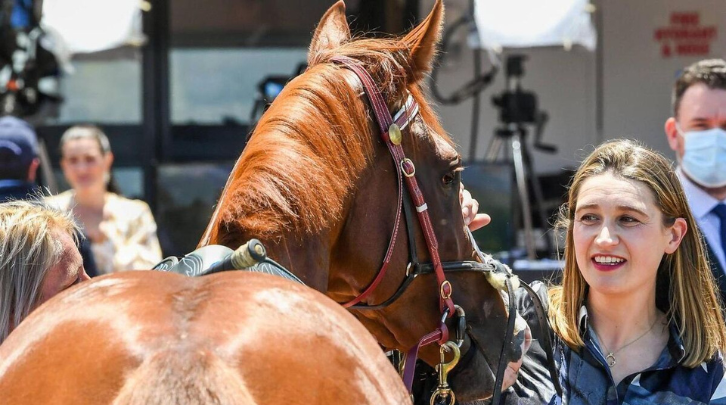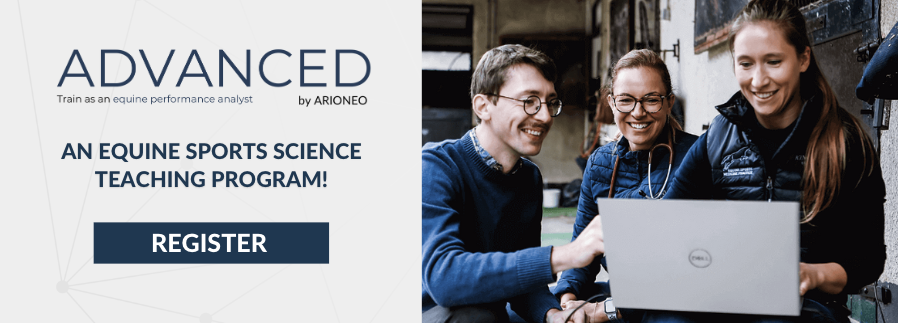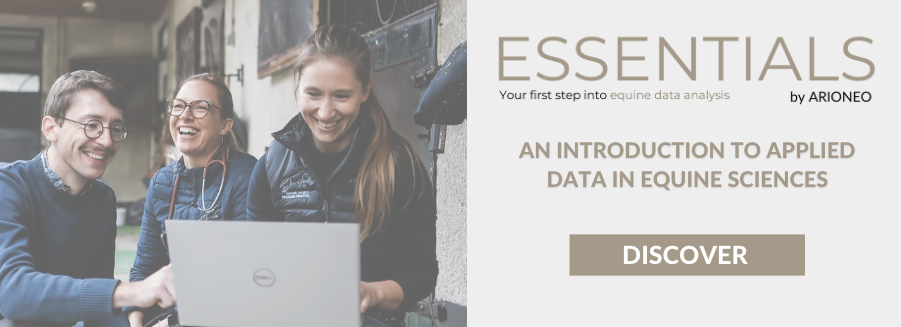In the world of horse training, the balance between tradition and innovation is crucial. Caroline Jennings, an experienced trainer with a background in equine biomechanics and data science, has dedicated her career to integrating cutting-edge analytics into horse performance and welfare. In this interview, she shares her journey from hands-on training to working with sports analytics, highlighting the growing role of data in optimizing equine performance.
She also discusses the impact of the Advanced program on her work and the future of data-driven decision-making in the horse industry.
Could you introduce yourself?
My name is Caroline Jennings, and I am a horse professional. I grew up with horses and trained traditionally, later earning a degree in equine and human sports science with a focus on biomechanics and performance, specifically equine biomechanics.
I have extensive experience in behavioral training and trained closely with renowned American horse trainer Monty Roberts. Originally from Ireland, I moved to Australia 12 years ago and began my career in the racing industry, working with Gai Waterhouse. After spending significant time with her, I eventually started training independently and was privately employed by Kennedy Racing. This unexpected opportunity allowed me to apply my knowledge in a hands-on setting, which was both challenging and exciting.
By closely monitoring my horses and applying my expertise, I achieved remarkable results on the track – even surprising myself. About two years ago, I transitioned into the data analytics space, and I now work for Champion Data, a sports analytics company exploring the use of in-race GPS data in horse racing.
I have a deep interest in integrating data into the horse industry. While data-driven decision-making is standard in many other sports, the horse industry is still in the early stages of fully embracing it. Since horses cannot communicate their needs directly, data plays a crucial role in understanding their well-being and optimizing their performance.
My current role allows me to combine my experience in training with data analytics, an area that continues to evolve and excite me.
What motivated you to enroll in the Advanced training?
We used in-training GPS as a tool to validate my observations and decisions, and to learn from the horses. In my last six months there, I was working to transition to Equimetre, so I was following your platform closely and learning a lot.
The system we were using was inconsistent, and I was looking for a better solution. Your platform stood out because of the educational elements, such as newsletters and case studies, which no one else was offering. When the Advanced program became available, it really interested me.
Since leaving my training role and moving into the data sports industry, I have completed a data science and analytics course. I wanted to integrate my knowledge of horses with data science to improve communication between trainers and the analytics team.
This program helped me upskill, and I really enjoyed it.
In your opinion what has been the main added value of the training in your daily life?
The training provided me with more tools to analyze training sessions efficiently. Instead of focusing on just one or two parameters, I gained a broader understanding of how to utilize multiple data points to paint a clearer picture of a horse’s performance.
It helped me recognize the importance of applying all available information when analyzing training sessions. It also made me aware of how much more there is to learn in this field.
Could you share a concrete example of where the Advanced program had a positive impact or where the courses were particularly helpful to you?
Absolutely. I enjoyed the course, and one of the most valuable aspects was the connections I made with my classmates. I’ve reached out to some of the keynote speakers to learn more, and it’s been great to have that support network. Being able to bounce ideas off others in the community has been incredibly beneficial.
You have a wealth of experience in data integration and biomechanics. How has the Advanced program enriched your approach to using data to improve performance and well-being?
The program gave me a better understanding of the Equimetre platform’s capabilities and how to interpret key parameters. It helped me see the synergy between different data points and improved my ability to use data to support my observations during training.
As a consultant and a resource trainer, how do you see the evolution of data science applied to training? What role could tools like Equimetre play in the near future?
The horse industry is still in its infancy when it comes to applying data science. However, it’s gaining popularity, especially as more trainers use data-driven tools and see positive results.
As sports evolve, data integration, AI, and machine learning are becoming more prominent. Trainers and horse owners increasingly understand the benefits of data-driven decision-making. I know many people who are not necessarily data experts or even horse professionals, but they would only trust trainers who utilize data science.
I believe data science in horse training and welfare is just at the tip of the iceberg. Tools like Equimetre are invaluable in supporting professionals, validating opinions, and leveraging expertise. The continuous refinement of these tools makes it an exciting time for the industry. I’m eager to see how trainers and horse professionals further integrate data science into their practices.
Could you tell us more about your professional projects and direction?
I work with various clients, focusing on data integration and data-driven training insights. Many professionals approach me for my broad experience in hands-on training, behavioral analysis, and performance analytics.
I enjoy helping trainers analyze their training data, and I’m learning a lot from observing different training methodologies. One key insight is that trainers are often very time-poor, so finding efficient ways to integrate data analysis into their routines is essential.
At Champion Data, we are working on multiple applications related to in-race GPS. One major focus is welfare solutions – using advanced analytics to identify pre-injury states. Our goal is to develop a tool sensitive enough to detect even minor changes, allowing trainers to intervene early, improve horse welfare, and extend campaigns and careers.
I am particularly passionate about the welfare aspect because horses can’t communicate their discomfort. By leveraging data, we can identify issues before they become severe, benefiting both the horses and their trainers.
Our goal is to promote well-being while pursuing performance. Did you feel that during the program?
Absolutely. The program strongly emphasized horse well-being, and this was reflected in the discussions, the tone of the speakers, and the engagement of all participants.
If you had to describe the Advanced program in three words, what would they be?
Sharing expertise, education, and developing a data-driven community.
One of the things that struck me about the course was how passionate and eager to learn everyone was. It’s a tough industry, and staying connected to a network of professionals who share a commitment to progress and research is incredibly motivating.
Thank you, Caroline, for sharing your inspiring journey with us. We eagerly anticipate the continued success and contributions that you and our alumni will make to the field of equine sports science.
For those interested in learning more about the Advanced program and how it can benefit your career, please visit the Advanced program webpage.
Contact:
📞 +61 439 627 859
🌐 www.linkedin.com/in/caroline-jennings-01
Key Words: Arioneo Institute, Advanced, program, training, equine data analyst, horse performance analyst, sport science horse, equine sport science, training program equine, equine learning, equine careers, horse career, equimetre, data analyst, well-being, welfare
Photo: Brett Holburt/ Getty Images



